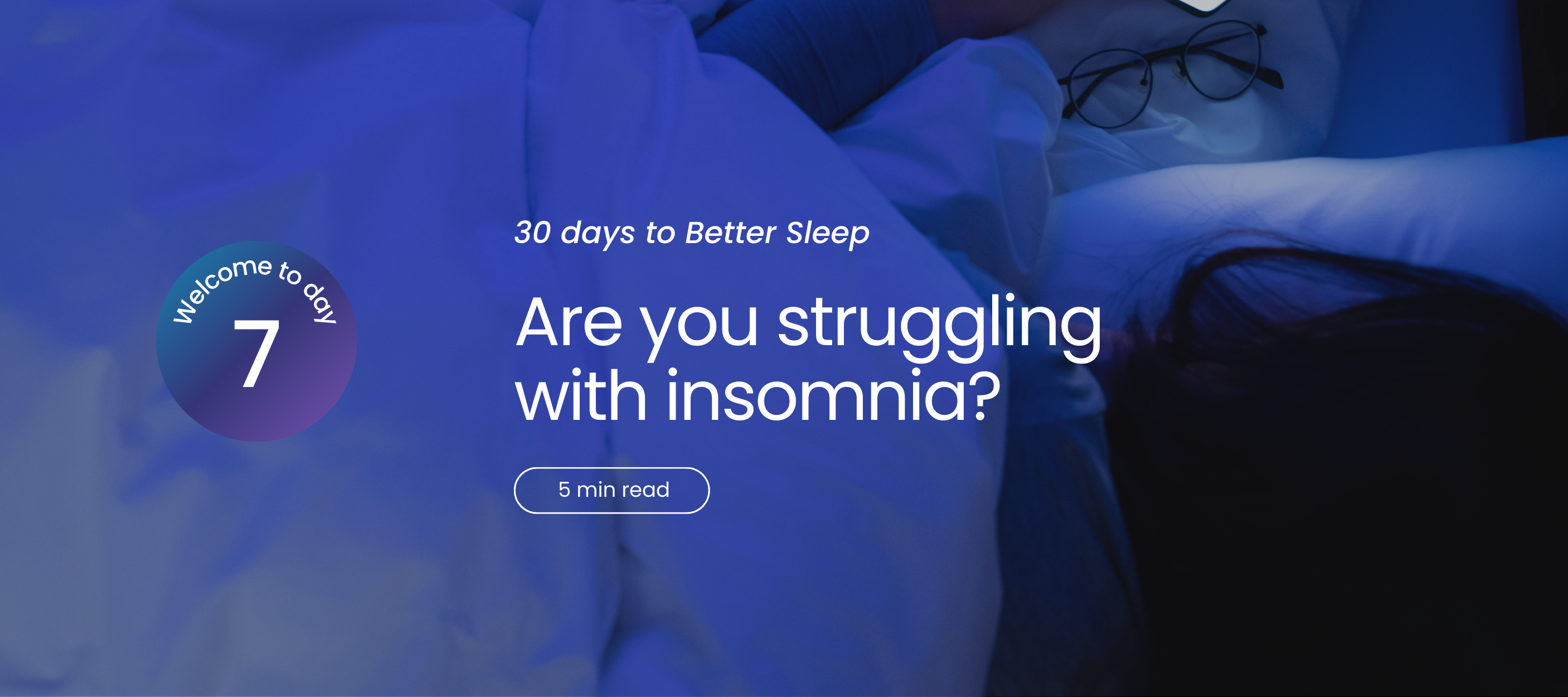
Insomnia can be characterized by sleeping less than 85% of the time you are in bed on a regular basis.
Types: Onset, Sleep Maintenance, Early Morning Awakening.
Track sleep patterns and consult a doctor.
If you’re struggling with falling asleep, staying asleep, or waking up too early and not being able to fall back asleep, you may be dealing with insomnia. One way insomnia is often characterized is if you regularly spend less than 85% of your time in bed actually asleep. Over time, this can lead to frustration, fatigue, and a negative cycle that makes sleep even harder to come by.
If this sounds familiar, it’s important to talk to a healthcare provider—ideally one certified in Behavioral Sleep Medicine—who can help you get to the root of the issue. You can find a list of trusted providers here. If you’re looking for faster support or aren’t sure where to start, our expert sleep coaches are also available for quick, personalized consultations.
Before you take the next step, let’s explore what insomnia really is, the different types it can take, and how understanding these patterns can be the first step toward getting more restful, restorative sleep.
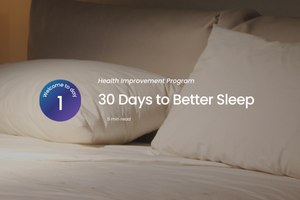
Insomnia can be characterized by sleeping less than 85% of the time you are in bed on a regular basis.
Types: Onset, Sleep Maintenance, Early Morning Awakening.
Track sleep patterns and consult a doctor.
If you’re struggling with falling asleep, staying asleep, or waking up too early and not being able to fall back asleep, you may be dealing with insomnia. One way insomnia is often characterized is if you regularly spend less than 85% of your time in bed actually asleep. Over time, this can lead to frustration, fatigue, and a negative cycle that makes sleep even harder to come by.
If this sounds familiar, it’s important to talk to a healthcare provider—ideally one certified in Behavioral Sleep Medicine—who can help you get to the root of the issue. You can find a list of trusted providers here. If you’re looking for faster support or aren’t sure where to start, our expert sleep coaches are also available for quick, personalized consultations.
Before you take the next step, let’s explore what insomnia really is, the different types it can take, and how understanding these patterns can be the first step toward getting more restful, restorative sleep.

There are several types of insomnia, and knowing which one best describes your sleep struggles can help guide you toward the right solution. Here’s a closer look:
Onset Insomnia: This is when you struggle to fall asleep at night. If you find yourself tossing and turning for more than 30 minutes before drifting off, this could be the type of insomnia you’re experiencing.
Sleep Maintenance Insomnia: If you wake up during the night and then find it difficult to get back to sleep, you may be dealing with sleep maintenance insomnia. People with this type of insomnia often wake up multiple times throughout the night and have trouble returning to deep sleep.
Early Morning Awakening Insomnia: This type is exactly what it sounds like—you wake up much earlier than you intend to, often hours before your alarm. If this happens regularly, it could be a sign of early morning awakening insomnia.
Some people experience just one type of insomnia, while others may deal with a combination of these issues. The key is tracking your sleep patterns and identifying the specific challenges you’re facing, which you can do with the sleep diary available in the SleepSpace app or by filling out this paper pencil sleep diary.
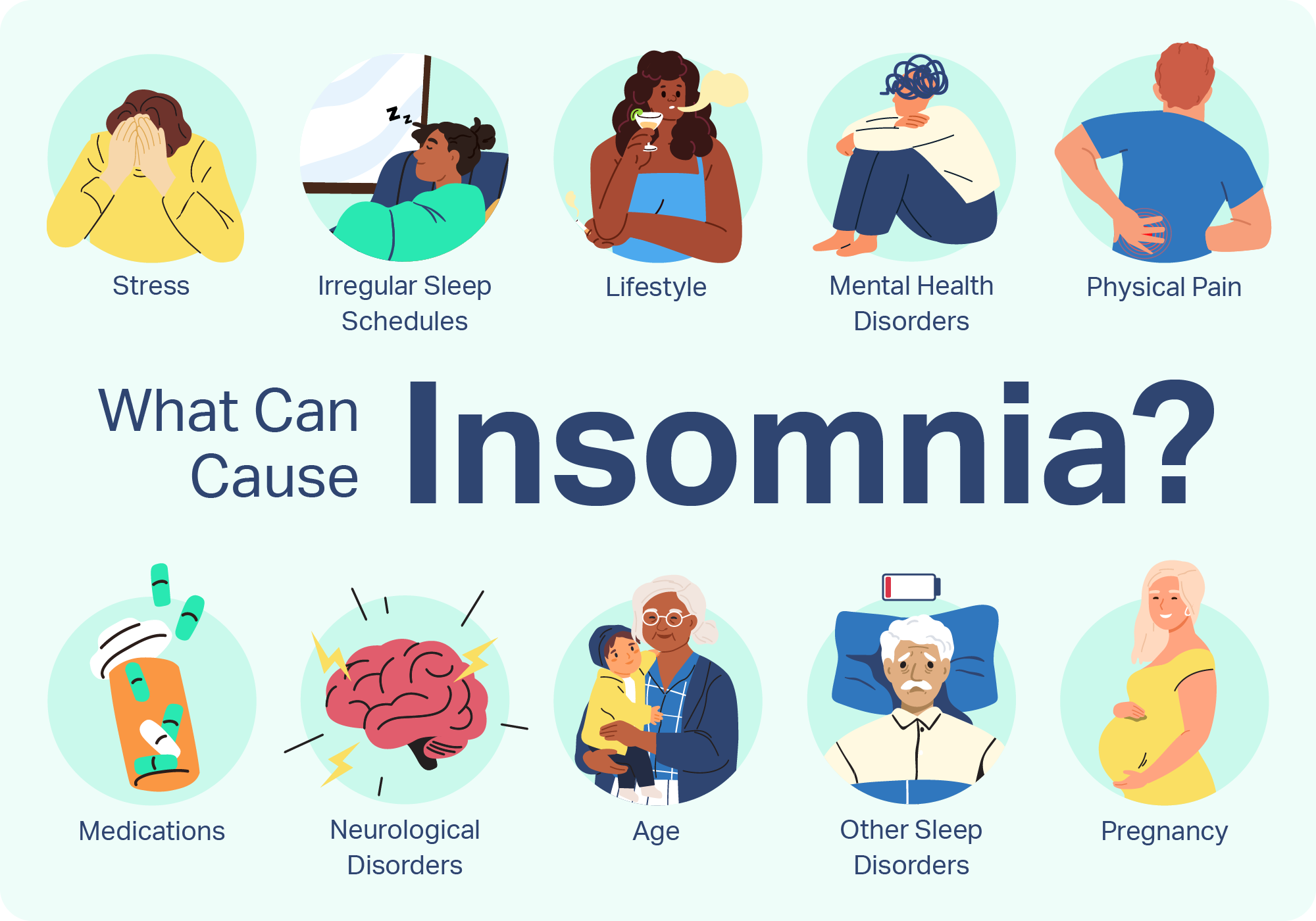
"Graphic outlining the common causes of insomnia."Sleep Foundation, https://www.sleepfoundation.org/insomnia/what-causes-insomnia. Accessed December 18, 2024.
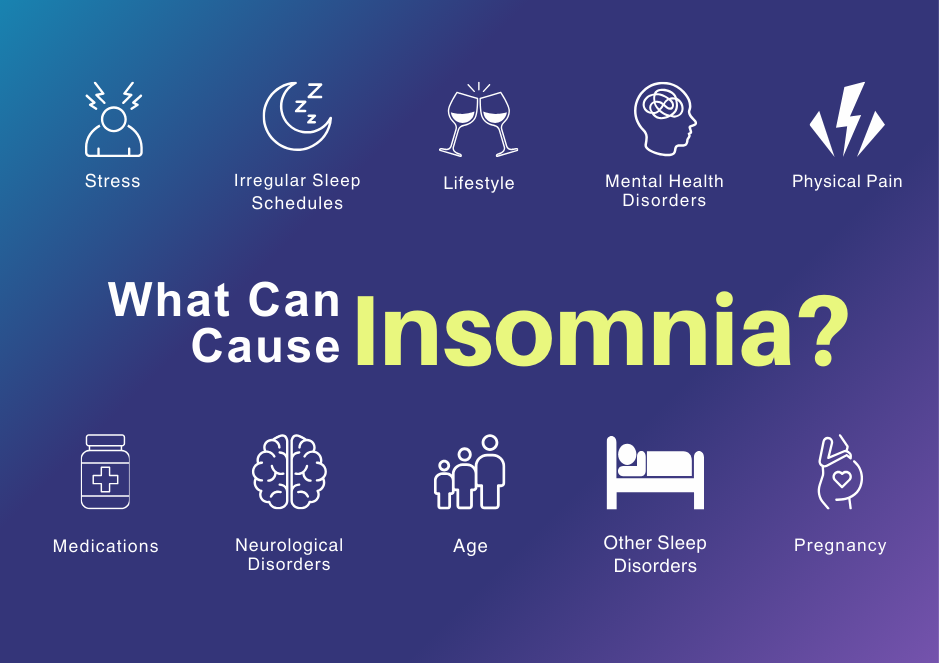
"Graphic outlining the common causes of insomnia."Sleep Foundation, https://www.sleepfoundation.org/insomnia/what-causes-insomnia. Accessed December 18, 2024.

If you’re not sure whether insomnia is your issue, there may be other factors at play. Read more in theguide about possible sleep disruptors that might be affecting your quality of rest.
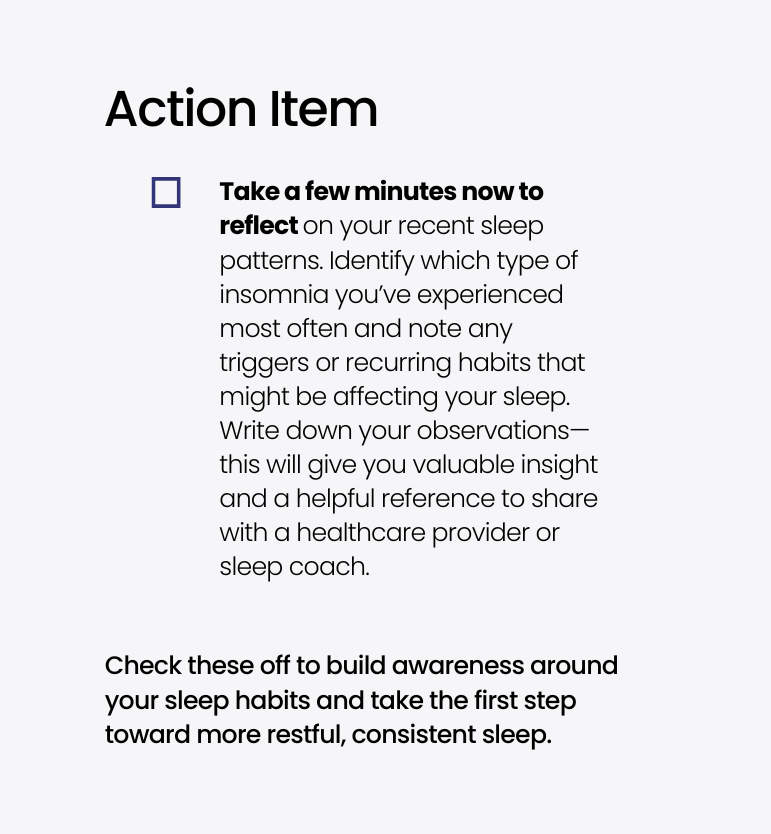
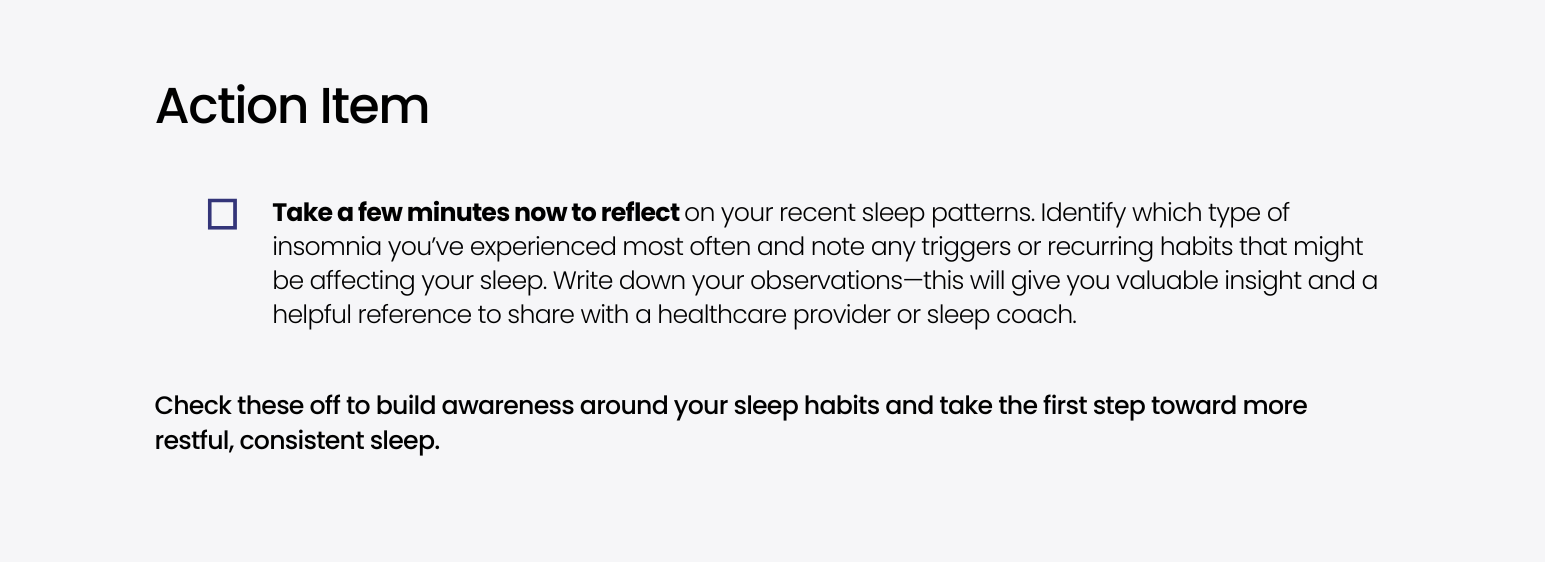
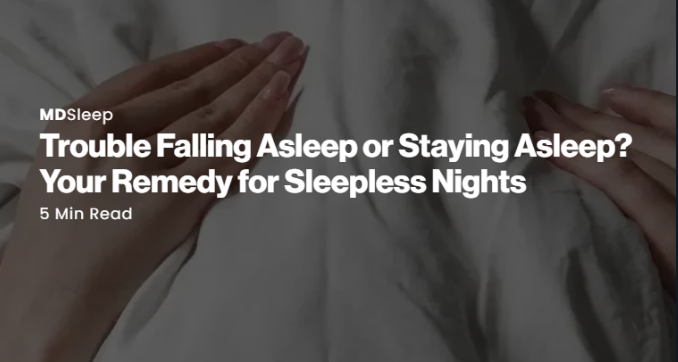

THE DOCTORS BRAND™
America’s leading clinically proven nutraceutical brand for better sleep, less anxiety and less pain
*These statements have not been evaluated by the U.S. Food and Drug Administration. Our product is not intended to cure or treat any disease.
MDbiowellness
Contact us
(805) 977-5709
M-F 9am-5pm PT
hello@MDbiowellness.com
© 2023 MDbiowellness